Traditionally, equipment that provided individual measured data, such as tape measures, bolt cutters, levelling bobs, laser range finders, and total stations, were used to capture large settings. While they are common tools, they are also time-consuming, taking days, weeks, or months to complete depending on the available space. Furthermore, traditional technologies sometimes cause variations in readings from user to user, and data is frequently missing, potentially leading to cascade inaccuracy.
Laser scanners, on the other hand, are non-contact devices that use laser infrared technology to gather millions of distinct pieces of data to measure an object or location and provide detailed 3D photographs in minutes. The photos are made up of a point cloud, which is a collection of millions of 3D data points.
So, how do they manage to perform all of this in such a short amount of time? The Laser Scanner projects an infrared laser beam onto a revolving mirror, effectively painting the environment with light. The laser is swept across the area or object while the scanner head rotates. Objects in the laser's path return the beam back to the scanner, giving the geometry for 3D data interpretation. Laser scanners can take horizontal measurements in addition to distance measures.
Data is often captured by a Laser Scanner using one of two systems:
- Time-of-flight systems, also known as pulse measurement systems, work by producing a single pulse of laser light and monitoring the time required for the light to be directed back to a sensor on the scanner to determine the distance to the end point.
- Phase-shift systems utilize an emitted laser light in a similar way, but the solar irradiance is regulated with certain wave forms in this system. The impact on the object's surface causes the intensity patterns to be displaced in their reflection. The distance between the supplied and received laser signals can be calculated precisely by measuring the distortion between them. Laser scanners using phase-shift systems are, in general, more expensive.
Industries and applications:
Laser scanners are adaptable, portable, and precise, making them a perfect tool for a wide range of applications and industries:
Laser scanners are useful tools for crime scene recording, collision and accident simulation, inferno scene analysis, forensic investigations, and other applications. Laser scanning saves hours of paperwork time while also preserving a digital reproduction of scenes that are potentially hazardous to the environment.
Laser scanners collect extremely detailed, important data that security professionals can use to save lives when reacting to possible threats.
Laser Scanners are used in insurance to document the real state of a piece of property at a specific point in time, which is useful for establishing a benchmark for valuation and liability, as well as documenting losses with automobiles, damaged properties, or items.
Oil and gas: Laser scanning can help with engineering, maintenance, and management on oil platforms and refineries. They're also important for describing complex plumbing structures to avoid problems or errors during installation.
Heritage and historical protection: Laser scanning can be used to document the complicated geometries of existing structures so that they can be studied, preserved, or restored.
Laser scanners can be used for volume computations, topographic and as-built surveys, and site surveying.
Construction: Laser scanning can ensure consistent in-field validation at every stage of a building project's lifecycle, allowing for significant cost, scrap, and time savings while also assisting in the prediction and prevention of errors.
Architectural and civil engineering: Laser scanners are valuable for capturing as-built documents and producing 3D models as part of the design process.
Laser scanning provides precise data about complicated factory and plant infrastructure, which is essential in preserving and preserving resources and facilities.
A Laser Scanner gives precise results in a short time and with fewer errors in each application scenario than other, more conventional methods. In other circumstances, such as documenting crime and accident scenes, the time saved results in downstream benefits such as the ability to open roads to the public sooner. Laser Scanners can capture complex locations where adverse weather is a concern in applications that demand outdoor operations.
We hope you liked our little blog on Laser scanners, handheld 3D scanners are very versatile tools which are indispensable in a variety of applications.






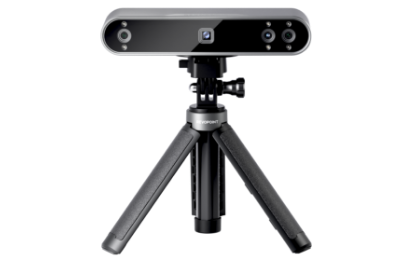
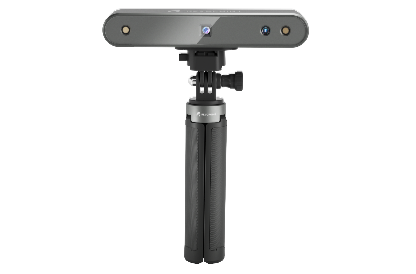

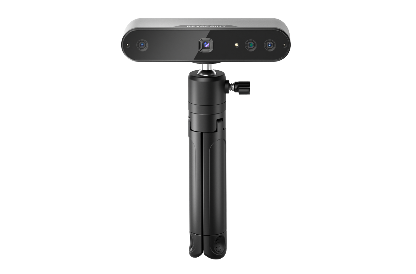

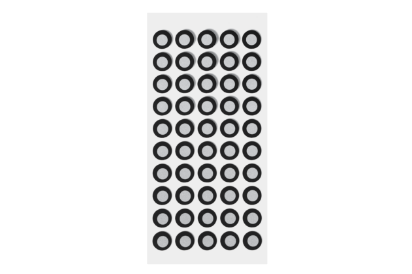

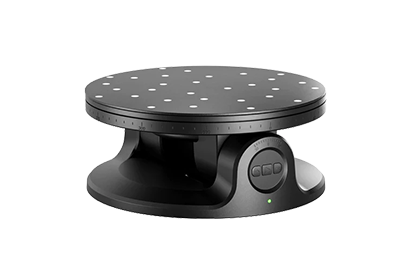
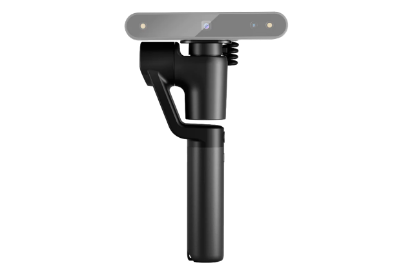

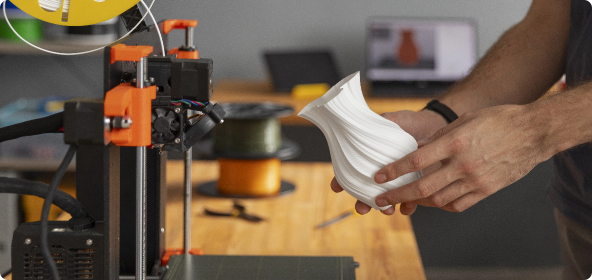

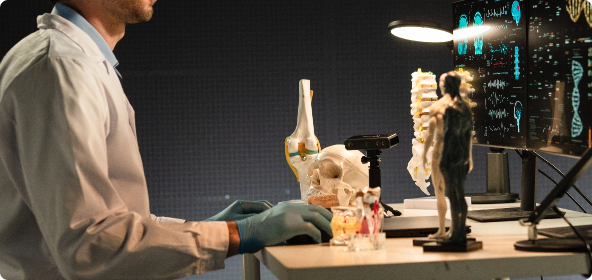

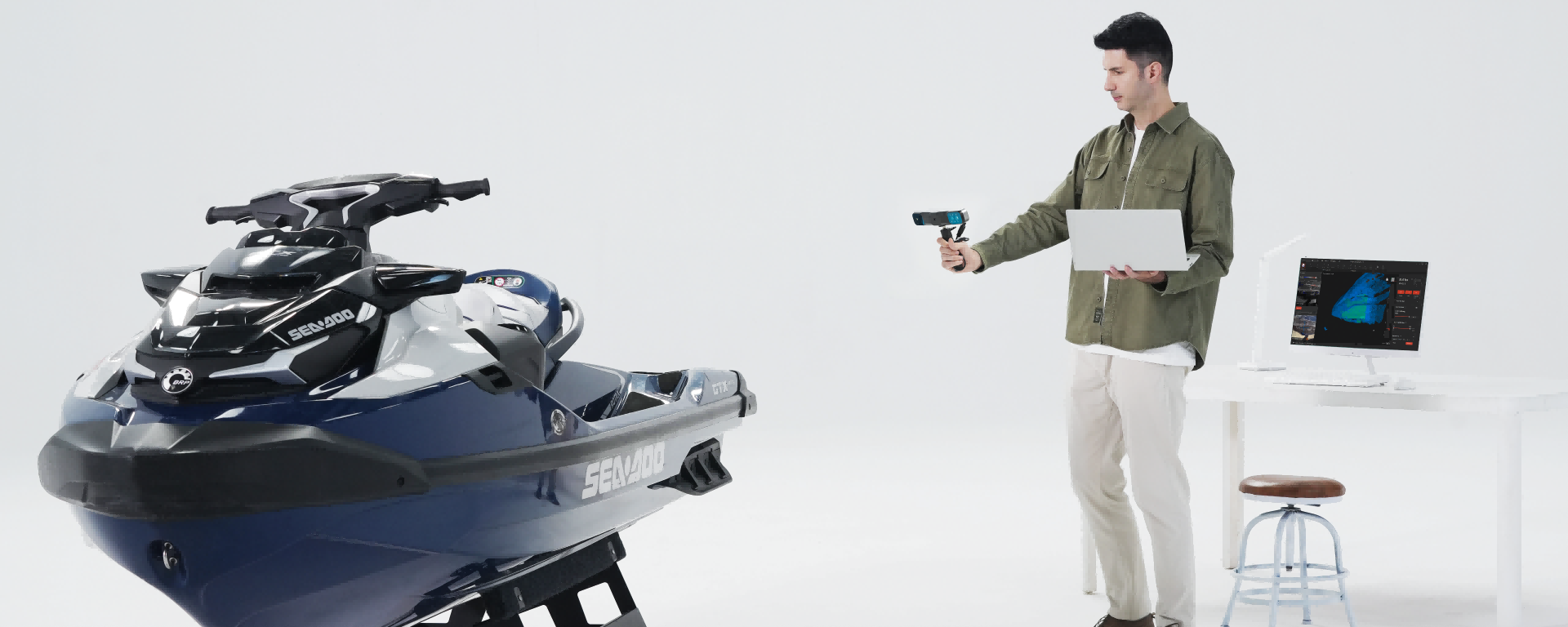
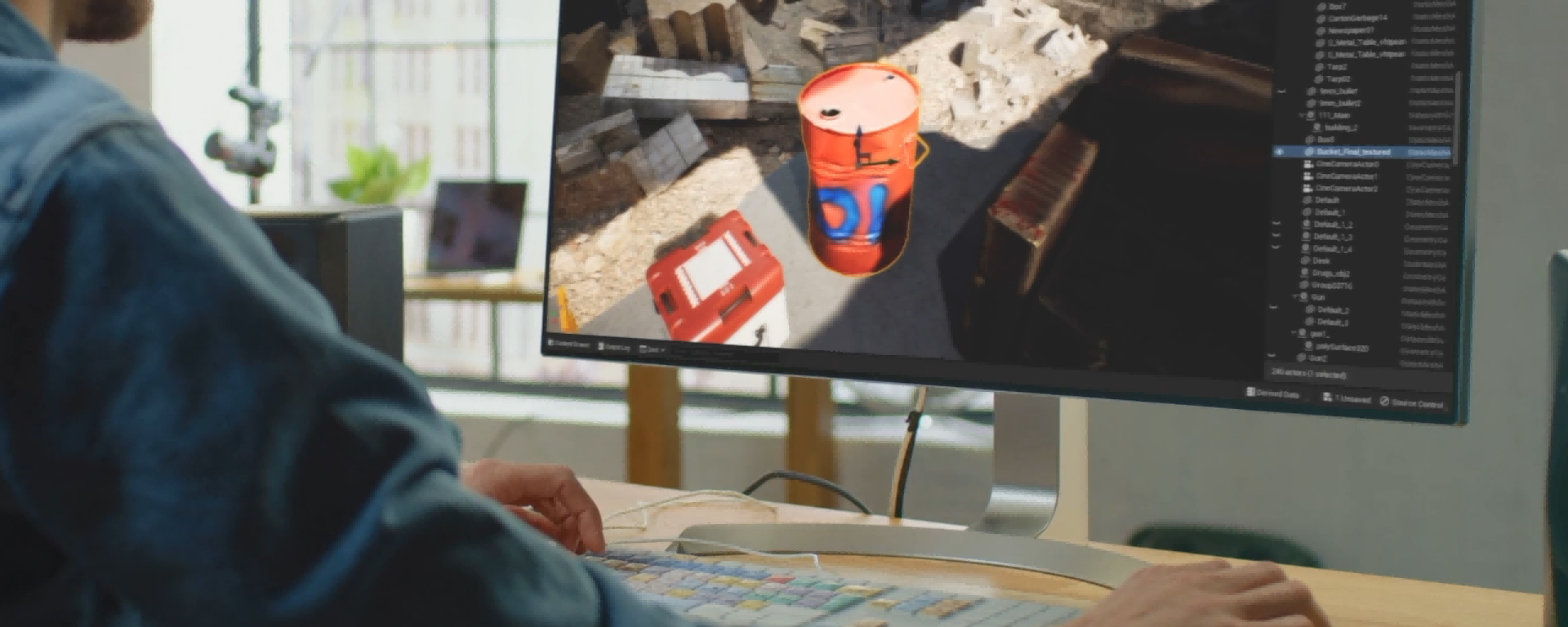


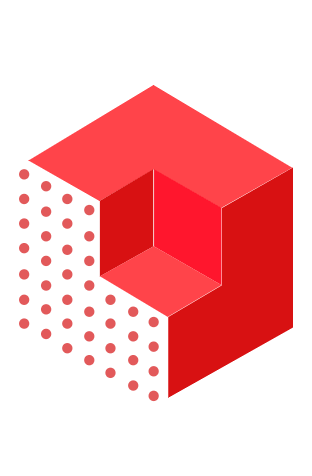
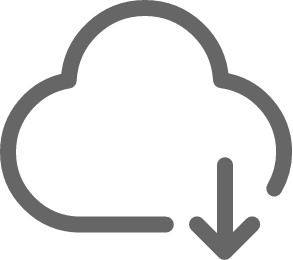
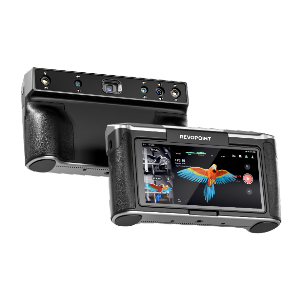
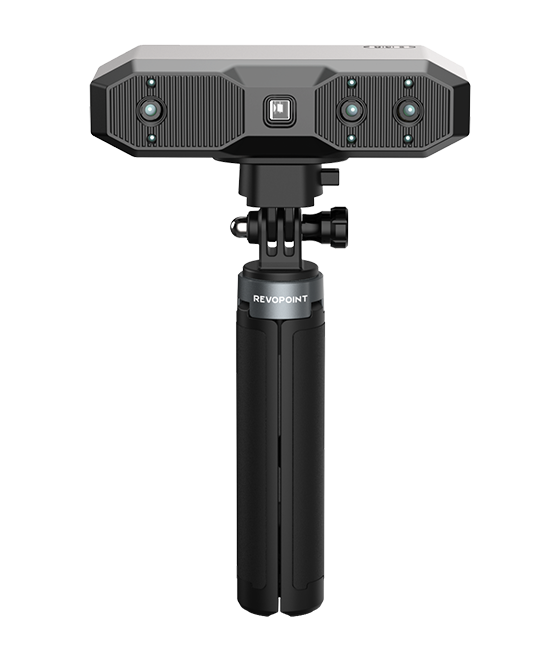
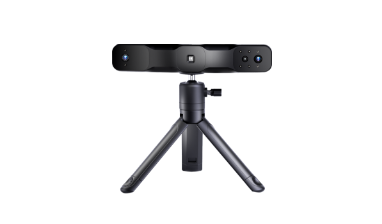
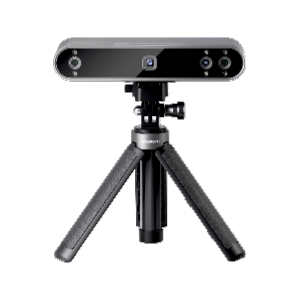
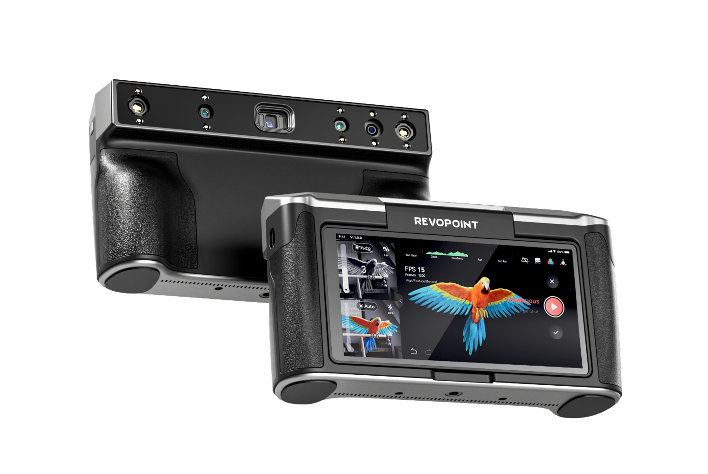

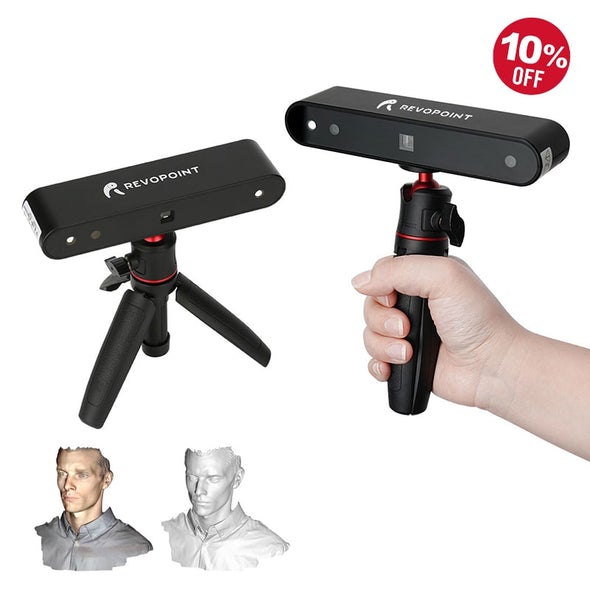

Leave a comment
All comments are moderated before being published.
This site is protected by reCAPTCHA and the Google Privacy Policy and Terms of Service apply.